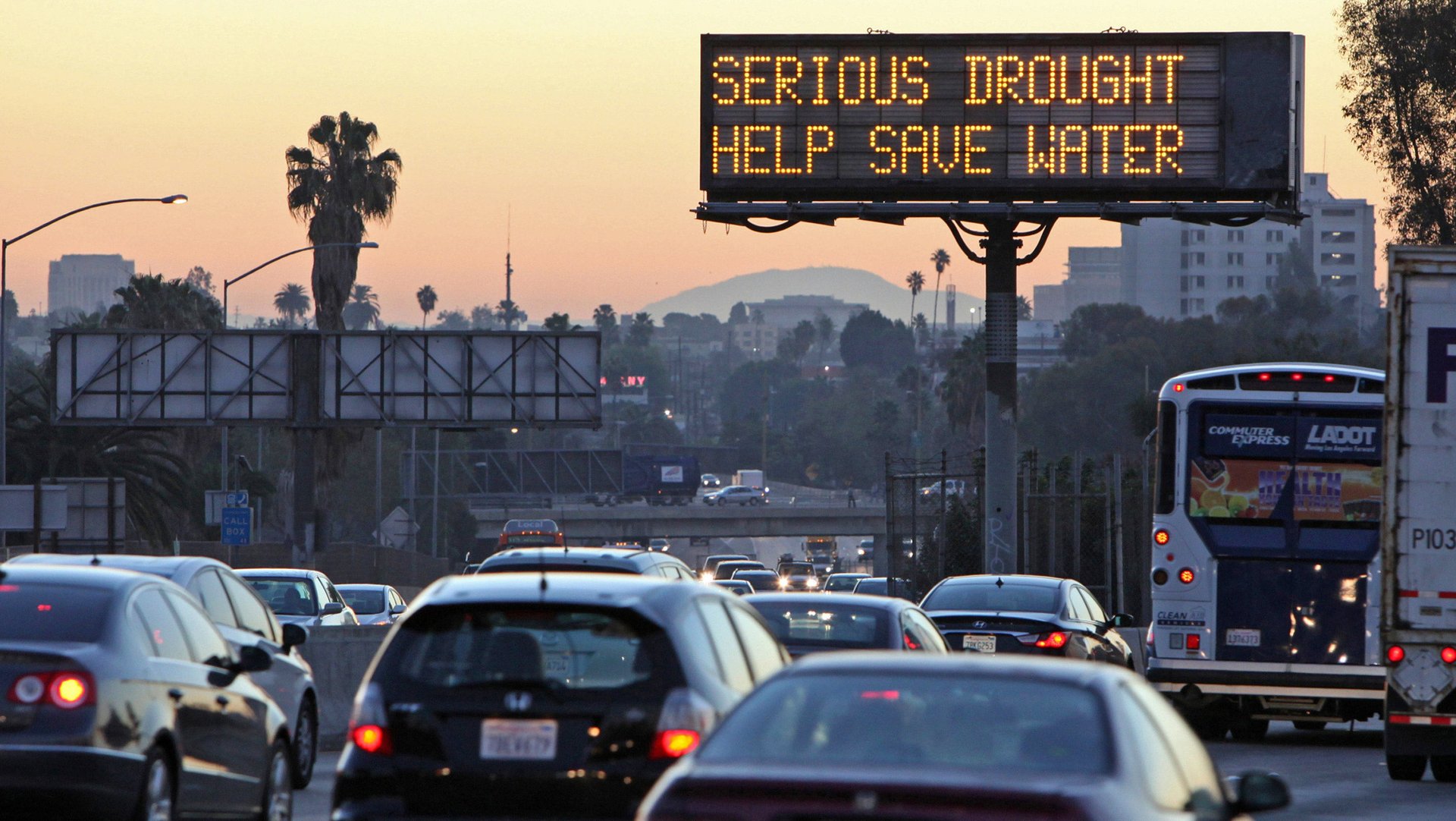At least 10% of Los Angeles is using Waze
Los Angeles is a city of drivers. Whether it’s rolling the Imperial Highway with a big, nasty redhead at your side as Randy Newman proclaimed, cruising down the street in your 1964 Impala as Easy-E rapped, or just getting around from town to town like the Beach Boys harmonized, Angelenos are serious about their cars. The area, however, is also infamous for it’s traffic. To get a leg up on other drivers, locals have flocked to a smartphone app help them circumnavigate the traffic in droves.


Los Angeles is a city of drivers. Whether it’s rolling the Imperial Highway with a big, nasty redhead at your side as Randy Newman proclaimed, cruising down the street in your 1964 Impala as Easy-E rapped, or just getting around from town to town like the Beach Boys harmonized, Angelenos are serious about their cars. The area, however, is also infamous for it’s traffic. To get a leg up on other drivers, locals have flocked to a smartphone app help them circumnavigate the traffic in droves.
The app was created by Waze, an Israeli-founded company that Google acquired in June 2013. It routes drivers to their destination using algorithms that take into account real-time data collected from other users, historical data, and the quality of drive. The app has been so effective in changing traffic patterns here that once-sleepy neighborhoods have started complaining about the increased volume of traffic.
In the process it’s illustrated the promise of the “internet of things,” showing how a vast network of connected devices can make life easier.
On April 21, Los Angeles mayor Eric Garcetti announced a data-sharing partnership with Waze. As part of that announcement, Waze said it had 1.3 million users each month in the Los Angeles metro area. The US Census Bureau’s most recent estimates for the population of the Los Angeles-Long Beach metro area is 13.1 million people.
While Waze defines the Los Angeles metro area similarly to the Census Bureau, the boundaries are not completely coincident—Waze’s boundaries, as described to Quartz by the company, are smaller.
This implies there are at least 100 Waze users for every 1,000 people in Los Angeles. Considering there are fewer cars than people in LA, the proportion of Waze users on the road is possibly significantly higher. In this Census area there are just 5 million people who drive or car pool to work. That implies there are 260 Waze users per 1,000 commuters. (Waze spokesman Trak Lord tells Quartz that most drivers using Waze use the app to commute.)
Lord says that Los Angeles is one of the app’s most popular locations in the US, but there is no beating adoption in Tel Aviv, Waze’s hometown. There, 800,000 drivers use the app per month, according to Waze, in an area where there the population is 2.4 million, according to the Israeli Central Bureau of Statistics. That implies there are 328 Waze users for every 1,000 people, possibly three times the rate of Los Angeles.